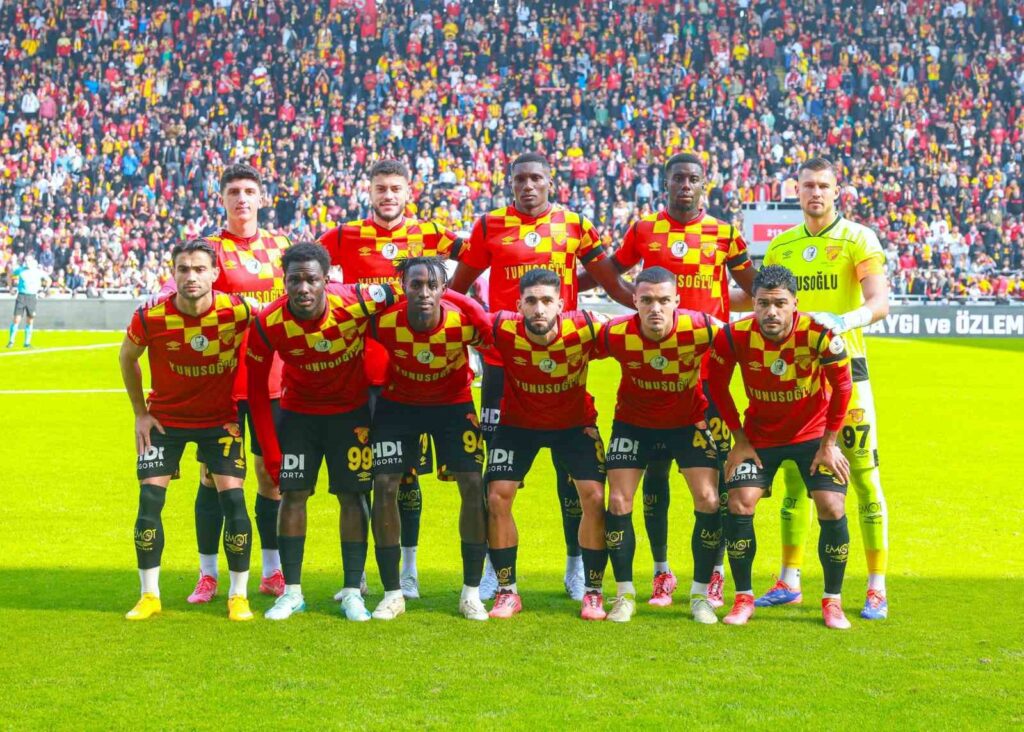4 emperors wore the crown, that section is still preserved
In Ayasofya Mosque (Museum) located in the district of Iznik in Bursa, the section where four emperors of the era were crowned is still preserved. Iznik Ayasofya Mosque (Museum) has witnessed many events throughout history. One of the most striking events in history was the Eastern Roman Empire …

The section where four emperors of the period were crowned is still preserved in the Hagia Sophia Mosque (Museum) located in the district of Iznik in Bursa. The Iznik Hagia Sophia Mosque (Museum) has witnessed many events throughout history. One of the most striking events in history was the coronation ceremonies of the Byzantine emperors. The mosaic-patterned floor inside the entrance door in the eastern part of the Iznik Hagia Sophia Mosque, which is protected from stepping on, stands out. This section, named ‘Omphalion,’ separated from the main floor by decoration, where the Byzantine emperors were crowned, is still preserved today. According to legend, it is said that the central circle represents Jesus Christ, and the surrounding 12 circles represent his apostles.
This special section where kings were crowned, created with mosaic art formed by the interlocking of marble pieces in a square plan, made of circular marbles in green, yellow, and gray tones, is named ‘Omphalion’ separately from the main floor mosaic, which no longer exists, where the Byzantine emperors were crowned.
“Found in a few places in Turkey”. Similar decorations were found in Turkey only in Iznik, Istanbul Hagia Sophia, and Khora Monastery. This place, called Omphalion (Omphalos in Delphi) in Greek, meaning ‘Navel of the Earth,’ and considered sacred by the Byzantines, is recorded as the place where the Patriarch of the Orthodox faith carried out the coronation ceremonies of the Byzantine emperors and where some of the emperors attended meetings.
“Hosted the Second Council of Nicaea”. Taylan Sevil, the former Director of the Iznik Museum, said, ‘Four emperors were crowned in the Iznik Hagia Sophia Mosque. Hagia Sophia is an important place that hosted the Second Council of Nicaea in history. When visited by the Orthodox, it is considered a pilgrimage site. What Iznik is, is what Hagia Sophia is; what Hagia Sophia is, is what Iznik is. There used to be times when 70 tours came years ago. But unfortunately, after the restoration and renovation works, only one or two tours come per year now.’
Providing information about the coronation ceremonies, Taylan Sevil stated, ‘In the year 1204, when the Crusader Army conquered Istanbul, the emperor there, Theodore I Laskaris, fled to Iznik. He declared his empire here. However, he also needed to be crowned. Therefore, the Orthodox Patriarch wanted to move to Iznik. At that moment, this proposal was not accepted. But in 1208, four years later, the Orthodox Patriarch’s seat was moved here, and the right to be crowned with a ceremony was established. Thus, during the reign of the Laskaris dynasty, Theodore I Laskaris (1208), Ducas Vatatzes in 1222, Theodore II Laskaris in 1254, and Michael VIII Palaiologos in 1259 were crowned in the Iznik Hagia Sophia. When Istanbul was reconquered in 1261, the Byzantine capital was moved back to Istanbul. Therefore, during the reign of these four emperors, all the emperors here were crowned.’
Regarding the claims that the mosaics symbolize Jesus Christ and the apostles, Taylan Sevil considered them as ‘legend,’ saying, ‘It is said that the central circle represents Jesus Christ and the surrounding 12 circles represent his apostles. But these are mere legends.’
“Engineers should examine this section as soon as possible”. Former Museum Director Taylan Sevil concluded his words as follows: Emphasizing that what he said was his own opinions, Taylan Sevil expressed that the restoration of Hagia Sophia was not done correctly, saying, ‘The door entering the central nave could have been something more original than glass. What we see as windows today were originally doors. These are the doors entering the side naves. Today, you see, they have become windows. Some repair works done after converting it into a mosque were necessary at that time. It has been preserved in this way until now, and its form has not changed since. My personal concern is that a space inside has been divided like an office. Instead of being made with medieval building elements, it was made with aluminum frames. I am particularly concerned about a section where new additions have been made on top of the half dome here; they are very heavy. Engineers should examine this area as soon as possible and present a report.’
It was also noticed that a section where the mosaics are located has been damaged.







